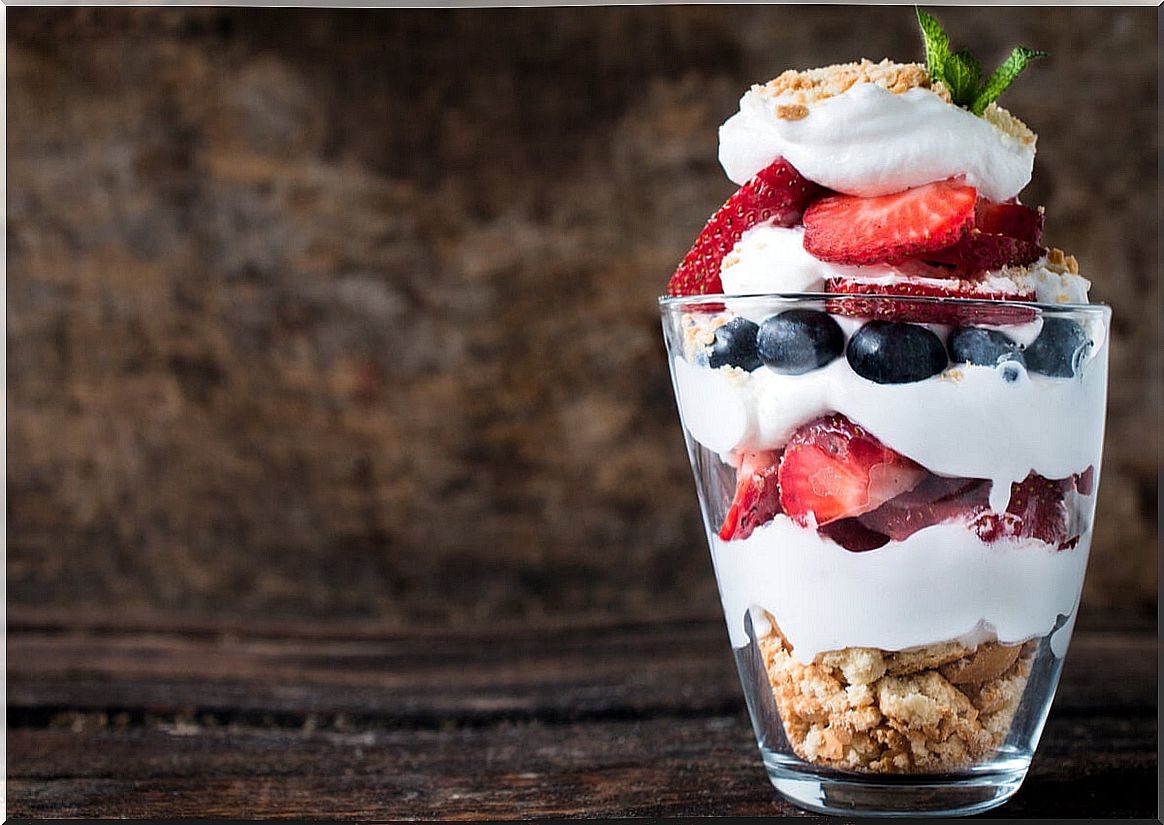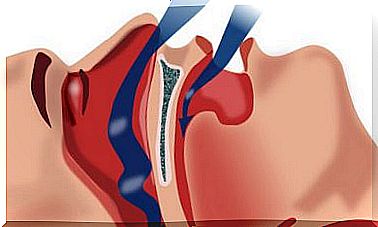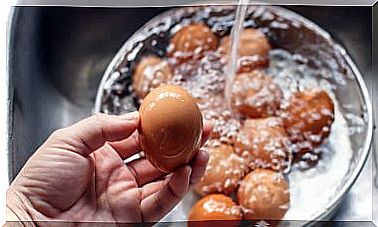Milk Cream: Properties, Types And Tips
Milk cream or cream is a product that is obtained by separating the fat globules from the milk. Rodríguez-Arzave describes it as a white or yellowish greasy substance that floats in raw milk after 2 days of rest. It can also be obtained quickly by centrifuging the milk before packaging.
The name varies according to the country of origin. For example, in Mexico it is known as ‘crema’ and in Spain as ‘nata’. For a long time it was used to make butter and it was from the seventeenth century that it began to be appreciated in the kitchen for its smoothness and lightness. Today, its versatility has highlighted it as a staple ingredient in international cuisine.
As indicated by the Consumer Magazine, milk cream is used in the preparation of starters, hot, cold, sweet, spicy and salty dishes, balancing flavors and giving the final touch to each dish. In addition, it is considered a must-have ingredient for many desserts and cakes.
What types of heavy cream are there?
The milk cream can be obtained by resting the fat emulsified with the whey or by centrifuging the whole milk. The final fat content can vary and also its consistency and use in cooking. Let’s see then the different types of cream.
Double cream or whipped cream
This product contains at least 50% milk fat. It is also known as ‘whipped cream’. Its consistency is much thicker, since as the name indicates, it is subjected to a shake at low temperatures. During this process, air is incorporated between the fat globules, thus allowing the increase in volume and obtaining a more stable emulsion.
May be accompanied by sugar, stabilizers, 2% skimmed milk powder to increase consistency after foaming.
It is used especially in confectionery, to cover cakes, cupcakes , cookies, to impart creaminess to coffee and soups, among others. A special version is when it is mixed with fruits and sugar. Chantilly cream is one of the most popular whipped creams to decorate desserts.

Thick cream
Heavy cream is popularly known as ‘cream’. It differs from whipped cream in that its milk fat content ranges from 30% to less than 50%. In Mexico it is also known as ‘regular cream’, according to the magazine Research and development in food science and technology.
The lower fat content in relation to the batter makes its consistency less thick and foamy. It has a mild flavor, ideal to be used as a topping for pasta, stews and accompaniments to bakery products.
Half cream
It is also known as ‘thin cream’ or ‘liquid cream’, since its low fat content (between 18 to 20%) gives it a more liquid consistency. It cannot be beaten to incorporate air as it is an emulsion whose largest proportion is water.
It is pasteurized at 70 ºC to achieve the destruction of pathogens that can affect health. In the kitchen it is used to balance flavors and as a base in the preparation of dressings and both sweet and savory dishes.
Light cream
The Consumer Magazine calls them ‘reduced fat creams’, ‘light creams for coffee’ or light . Its content is 14% milk fat; that is, fat is reduced by 30% in relation to double cream. This is recommended for light products, according to the Madrid Diabetes Association. In addition, it contains 86% water which makes it ideal for low calorie diets.
Sour cream
This type of cream is also known as ‘sour cream’. It is obtained by fermentation of lactose to lactic acid, using certain types of bacteria. During this process, other substances, such as diacetyl, are formed from butyric fatty acid, giving it a typical flavor and aroma.
Sour cream can be high in fat that gives it thickness, density, and viscosity. However, it is not foamy like whipped cream. It is used to contrast salty preparations, in stews or to spread cookies or bread.
Nutritional properties of milk cream
The nutritional properties of heavy cream are based on its fat content. Let’s review the nutrients according to the INCAP food table, established in grams or milligrams per 100 grams of cream:
- Calories: 345
- Proteins: 2.05
- Total Fat: 37
- Carbohydrates: 2.70
- Calcium: 65
- Phosphorus: 62
- Vitamin A: 411 retinol equivalents.
- Saturated fatty acids: 23
- Cholesterol: 137
- Monounsaturated fatty acids: 10.7
- Polyunsaturated fatty acids: 1.37
Among the nutrients in milk cream, the high fat content should be highlighted. In addition, it contains a lot of saturated fat related, according to some studies, to cardiovascular problems. Cholesterol is in a proportion that must be taken care of.
However, according to the Spanish Association of Pediatrics, the monounsaturated and polyunsaturated fat that is also found in cream represents a key nutrient in the prevention of chronic diseases.
On the other hand, heavy cream has a high caloric value. Just one tablespoon provides 50 calories. It is for this reason that, if you are on a diet to lose weight, it is advisable to replace it with light or light cream . The World Health Organization (WHO) suggests the consumption of low-fat dairy.
The proteins in heavy cream correspond to casein, which binds calcium and phosphorus. Carbohydrates are lactose-based, which serves as an energy source or to obtain sour cream.
The content of vitamin A is high in milk cream, since it is a structural part of the fat globule. It is in the form of carotenoids with good digestibility.

Benefits of including milk cream in the diet
Milk cream provides sensory and nutritional benefits in the diet. For example, the use of sour, whipped, or heavy cream adds flavor and texture to preparations, making them more palatable.
In case you don’t want to increase your fat intake, then you can include light heavy cream or half cream. Remember that the more water it has, the fewer calories it will provide.
Milk cream is also a vehicle for vitamin A, which supports vision, healthy skin, teeth and bones. Calcium and phosphorus are in balance and, therefore, their absorption is greater, since there is no competition between them.
Milk cream with a higher fat content should be excluded from low calorie diets or in people with cardiovascular diseases and obesity. That is, in pathologies in which it is necessary to reduce the intake of saturated fat and cholesterol. It is also contraindicated in people with lactose intolerance.
Should I include it or not in the diet?
Without a doubt, the inclusion or exclusion of milk cream in the diet will depend on the state of health and the objective outlined in the eating plan. If we have a normal diet and caloric needs allow it, then we can use whipped, thick, half or sour cream as part of the preparations.
However, in case we need to restrict caloric and saturated fat intake, we must use alternatives such as light or fluid heavy cream, with a higher content of water than fat.







